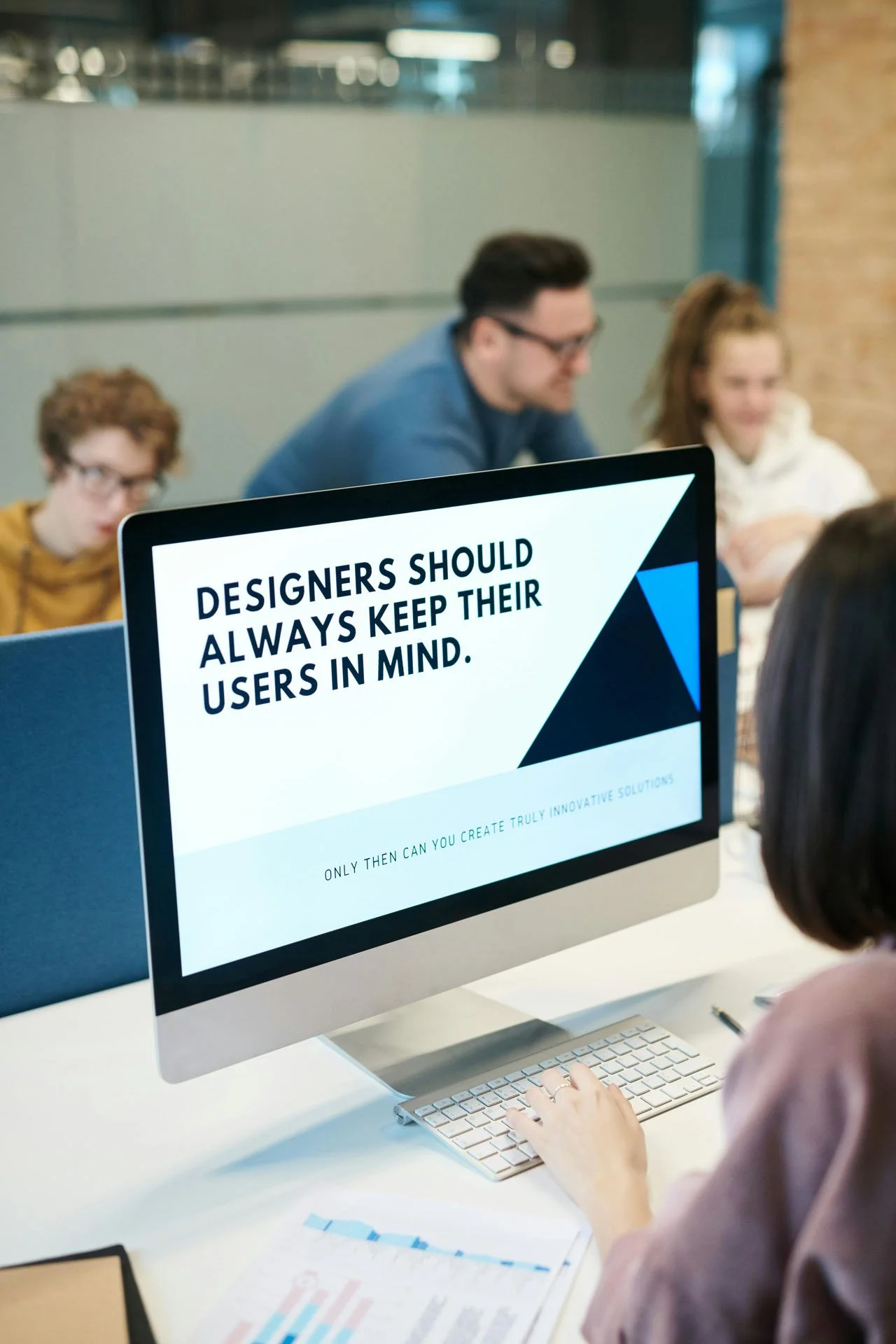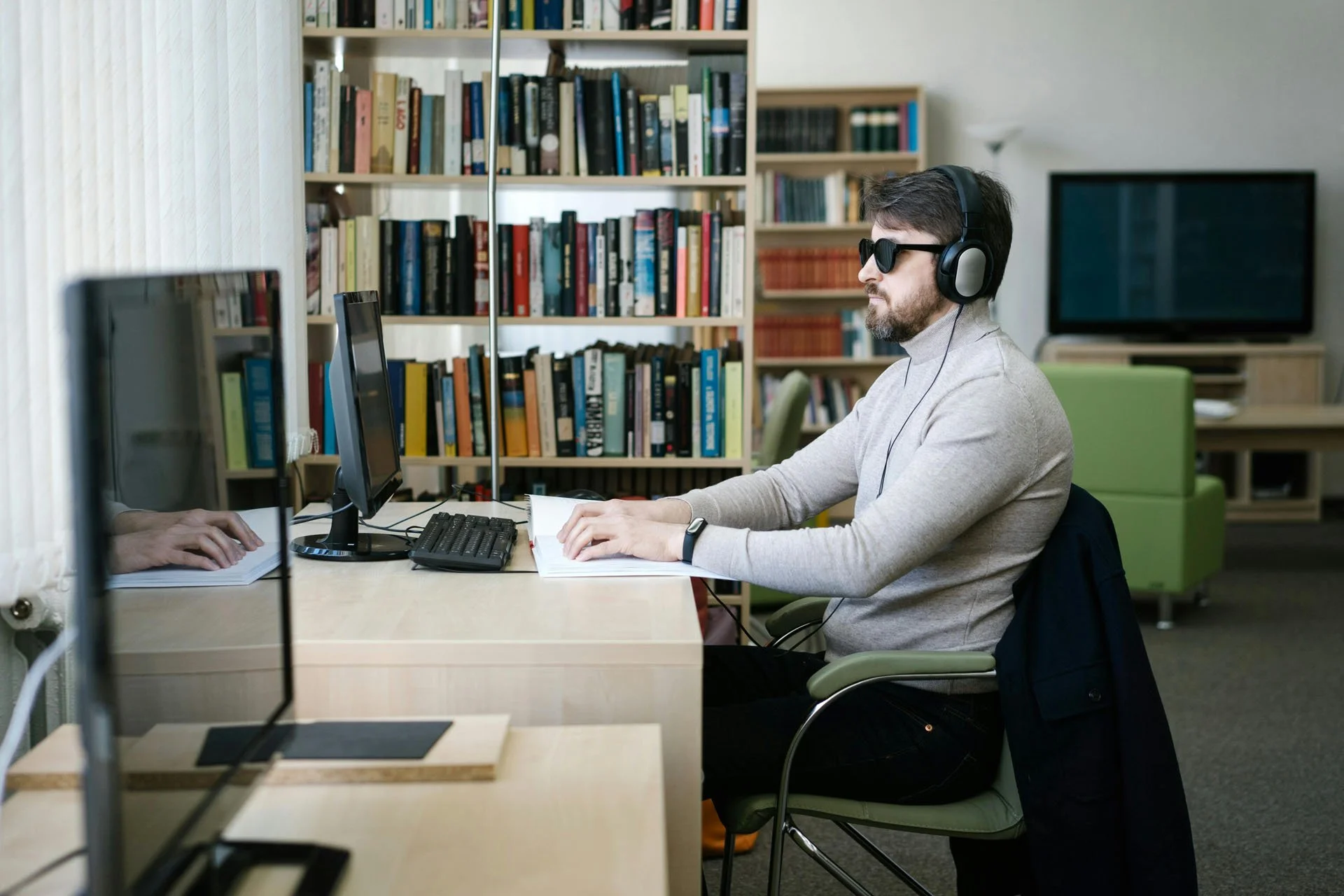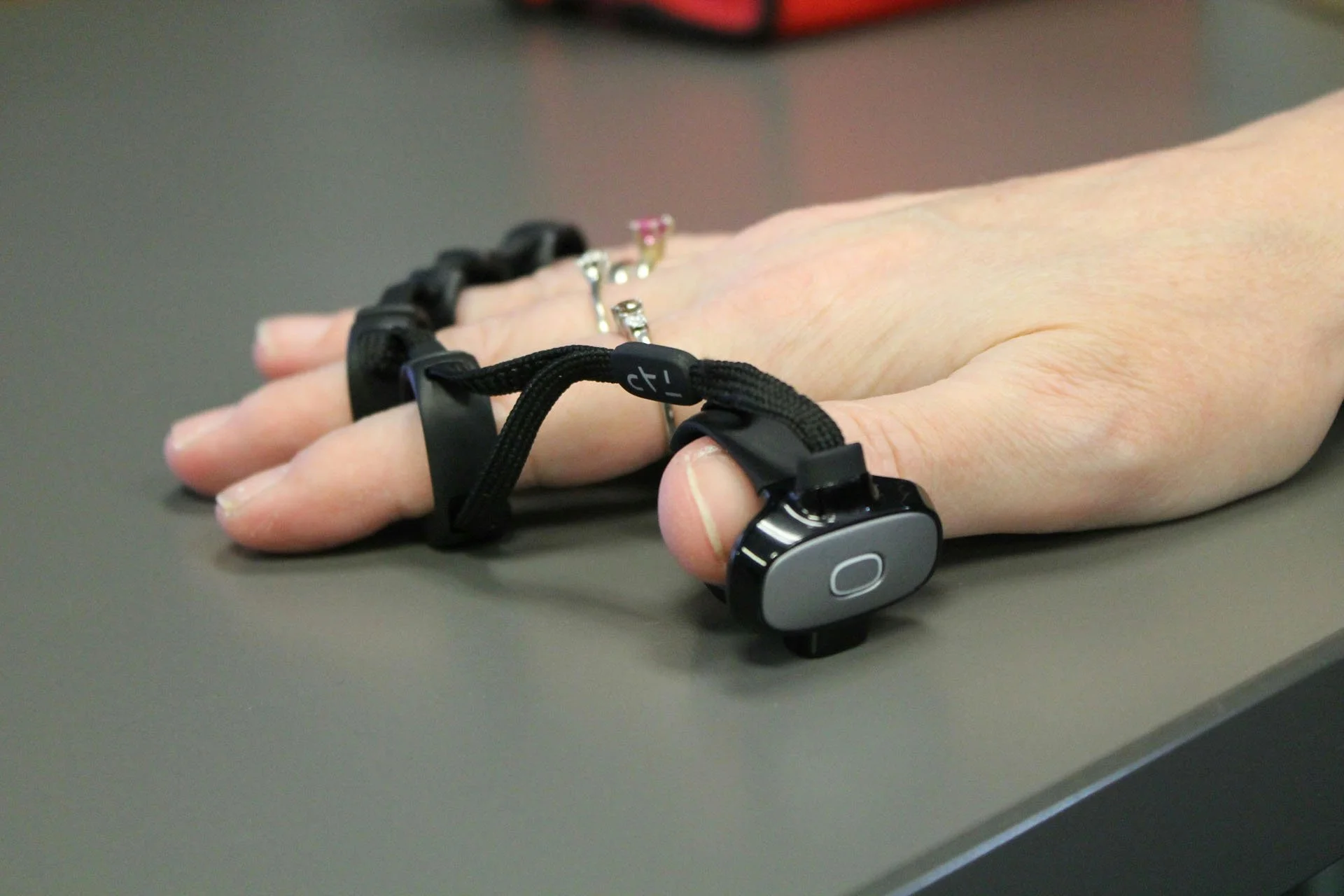Why Inclusive Web Design Is the Best Business Strategy
When you think about your website, you’re probably thinking about visuals. Fonts. Colour palette. Copy that sounds like you. But have you ever stopped to consider who might be excluded from experiencing your site the way you intended?
Accessibility is about more than just checking a box—it’s about making sure everyone can connect with your work. And when you're a small business or a service provider like a therapist, counsellor, or coach, that connection? It matters more than ever.
So, what is website accessibility?
Website accessibility means designing your site so that people of all abilities—including those with vision, hearing, cognitive, or mobility impairments—can access, navigate, and understand your content.
That includes things like:
Using clear headings for screen readers
Ensuring colour contrast meets visibility standards
Making sure your site is navigable without a mouse
Adding alt text to images for people using screen readers
Avoiding flashing or auto-playing content that can cause sensory overload
Why should small businesses care?
Because real people use your website. People who rely on assistive technology. People with vision impairment or dyslexia. People who are overstimulated and overwhelmed. People who process information differently. When your site is more inclusive, you’re not just following best practices—you’re creating a more human experience.
And if you're in the business of support—like many of my clients are—accessibility should be woven into your brand values. It says: I see you. You belong here.
Plus, there's a business case:
Search engines love accessible websites. Semantic structure, image descriptions, and clean navigation can boost your SEO.
Accessibility can reduce bounce rates and improve the overall experience for everyone, not just differently-abled users.
And in some places (like the U.S. and parts of Canada), it’s a legal requirement, and those legalities are constantly changing.
How I design for accessibility at Easy Originals
Every site I build—whether it's a custom website build or a Squarespace template—is created with accessibility top of mind. I use tools to check colour contrast, add thoughtful alt text to key images, and structure content with clear, consistent headings. I also keep animation minimal and always optional. Your site should feel good—not just look good.
If you’re a therapist, coach, or service-based business who works with neurodivergent clients or people with disabilities, building an accessible site isn’t a bonus—it’s a reflection of the work you do.
Small steps you can take today:
Review your site colours using a contrast checker
Add alt text to all your images (especially important ones like your logo and headers)
Use proper heading tags (H1 for titles, H2 for section headers, etc.)
Avoid walls of text—use spacing and simple formatting
Make sure your links are descriptive (not just "click here")
Accessibility = Good Design
At the end of the day, accessibility and good design go hand-in-hand. An accessible website is easier to use, more welcoming, and more aligned with your values. If you want your site to be a true reflection of who you are and who you serve, inclusivity should be part of the foundation.
Need help making your site more accessible? Let’s talk. Whether you're building from scratch or refreshing what you’ve got, we’ll make sure your website feels like home—for everyone.
💡 Curious where your current site stands? Book a free 15-minute consult and I’ll walk you through a few quick wins you can implement right away—or we can chat about a full refresh.



